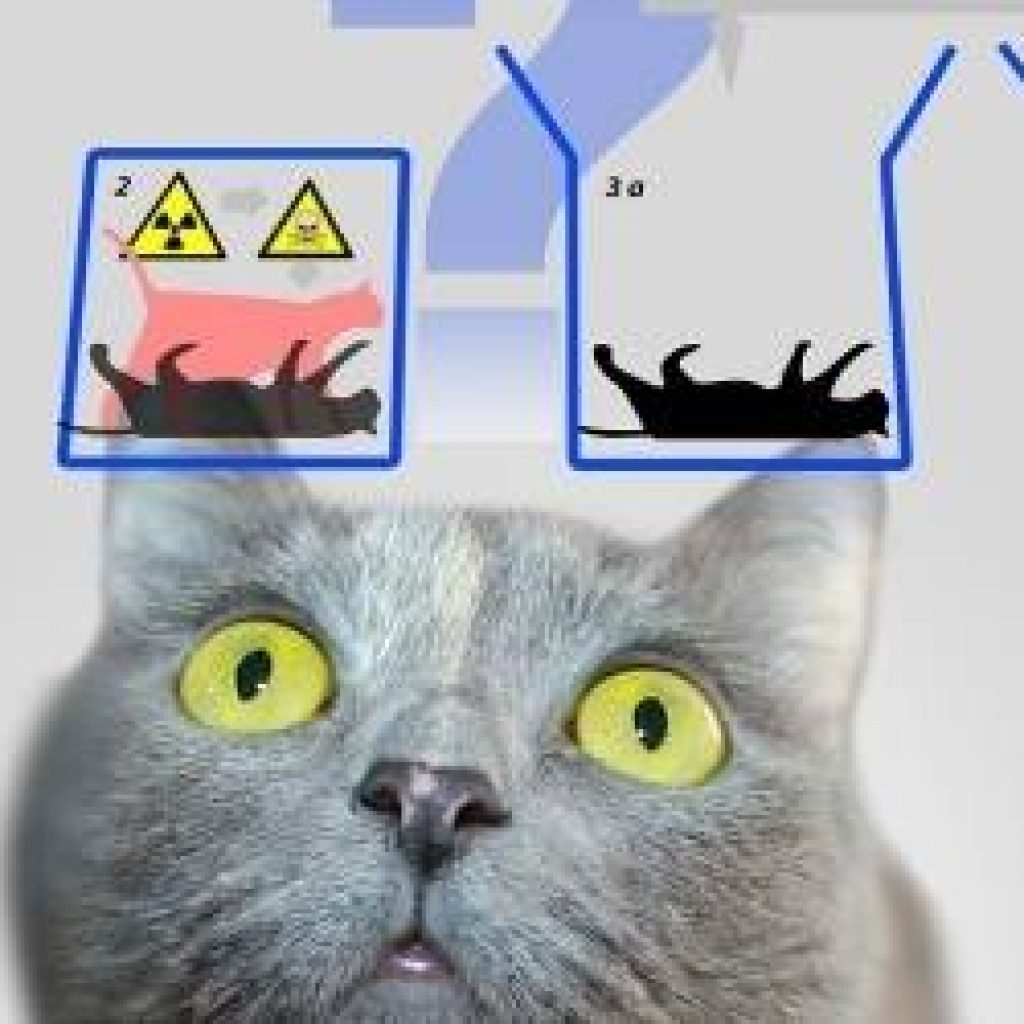(Forbes) The standard rules are fundamentally different in quantum physics. You can’t define even your starting point to arbitrary precision, as there’s an uncertainty inherent to certain properties of your system. And, if you make a definitive enough measurement, observation, or interaction, you will see a single outcome. But the very act of making that measurement, observation, or interaction fundamentally changes the state of your system.
Consider the case of Schrödinger’s cat. Place a cat in a box with a single radioactive atom in there. If the atom decays, poison is released; the cat eats it and dies. But if you don’t make a measurement, observation, or cause an interaction that tells you the outcome, the atom — and hence, the cat — must be in a superposition of states, meaning the cat is both alive and dead at the same time. The failure to know whether a (theoretically quantum) animal is alive or dead, and insisting it must be a mix of both, is a classic example of quantum weirdness.
A “slew of interpretations of quantum weirdness” is discussed in this article by astrophysicist Ethan Siegal, and the different assumptions about the nature of reality inherent to them. Interpretations include:
–Copenhagen Interpretation
–Many-Worlds Interpretation
–Ensemble Interpretation
–Pilot Wave/de Broglie-Bohm interpretation
A ‘Slew of Interpretations of Quantum Weirdness’
